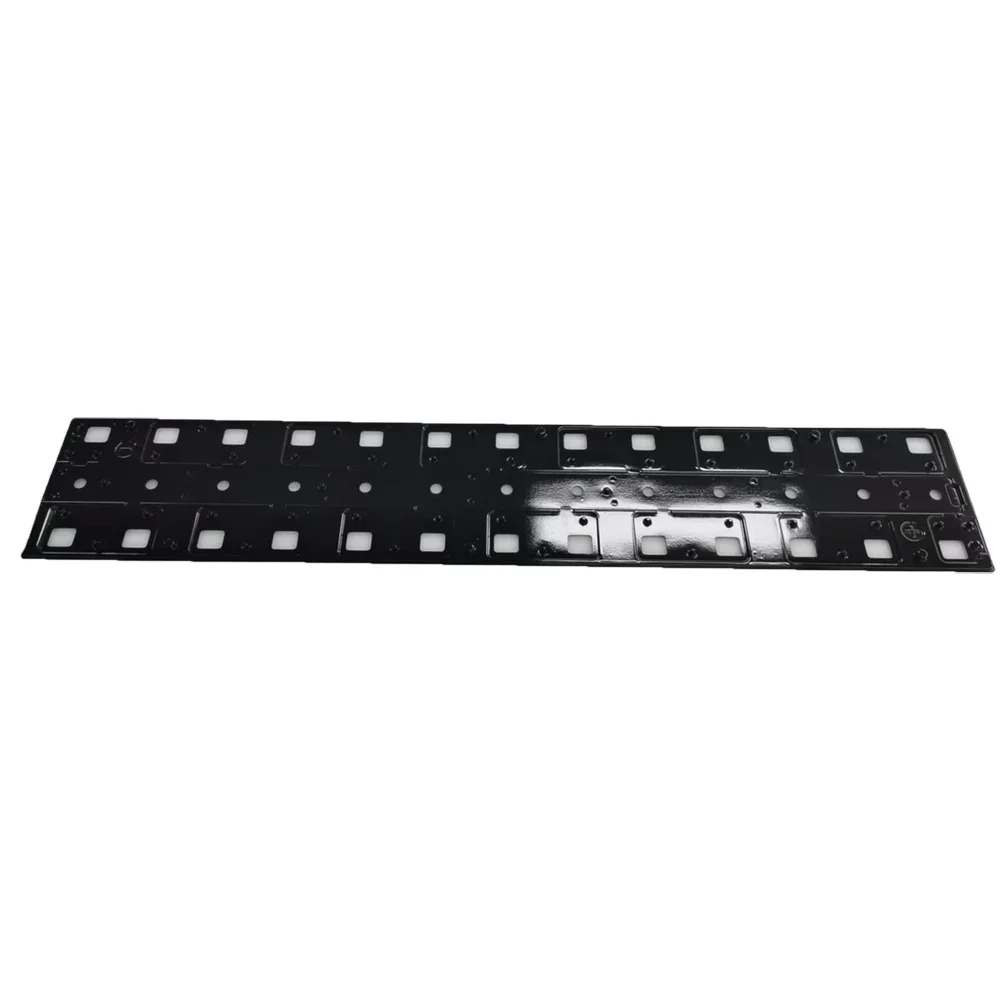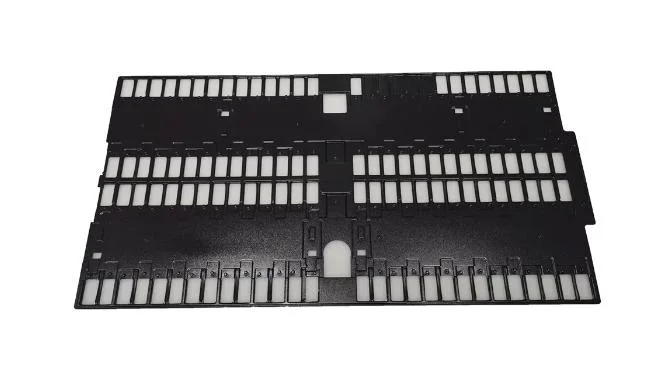Blister packaging is a widely used packaging method that provides protection, visibility, and convenience for various products. It involves the use of a transparent plastic blister or cavity that holds the product securely. To ensure the effectiveness of blister packaging, it is crucial to choose the right materials. In this comprehensive guide, we will explore the different types of blister packaging materials, their characteristics, and their suitability for various applications.
I. PVC (Polyvinyl Chloride)
PVC is one of the most commonly used materials for blister packaging. Its versatility, affordability, and excellent clarity make it a popular choice. PVC offers good impact resistance and can be easily thermoformed into different shapes. However, it is not suitable for products that require high barrier properties or are sensitive to light.

II. PET (Polyethylene Terephthalate)
PET is a transparent and durable material that provides excellent barrier properties against moisture, oxygen, and UV light. It is commonly used for packaging products that require extended shelf life, such as pharmaceuticals and food items. PET is also recyclable, making it an environmentally friendly option.
III. PP (Polypropylene)
PP is a versatile material that offers good clarity, flexibility, and impact resistance. It is commonly used for blister packaging of consumer goods, electronics, and medical devices. PP has a high melting point, making it suitable for products that require heat sealing.
IV. PS (Polystyrene)
PS is a cost-effective material that provides good clarity and impact resistance. It is commonly used for blister packaging of lightweight products such as toys, cosmetics, and stationery items. PS is not suitable for products that require high barrier properties.

V. A-PET (Amorphous Polyethylene Terephthalate)
A-PET is a transparent and rigid material that offers excellent barrier properties against moisture, oxygen, and UV light. It is commonly used for blister packaging of electronics, medical devices, and food items. A-PET is also recyclable, making it an eco-friendly choice.
VI. Barrier Coated Films
Barrier coated films are laminated structures that combine different materials to provide enhanced barrier properties. These films are commonly used for blister packaging of products that require high protection against moisture, oxygen, and light. Barrier coated films can be customized to meet specific packaging requirements.
VII. Considerations for Material Selection
When choosing blister packaging materials, several factors should be considered. These include the product's sensitivity to moisture, oxygen, and light, the desired shelf life, the required barrier properties, and any regulatory requirements. It is essential to work closely with packaging experts to determine the most suitable material for your specific application.

Conclusion
Blister packaging materials play a crucial role in ensuring the protection, visibility, and convenience of products. Understanding the characteristics and suitability of different materials is essential for making informed packaging decisions. Whether you require high barrier properties, recyclability, or cost-effectiveness, there is a blister packaging material available to meet your needs. By considering the specific requirements of your product, you can choose the right material and optimize the packaging performance.
Hanhui New Material Technology has been focusing on the packaging industry for more than ten years, tailoring all kinds of packaging products according to customers in different industries, with completely independent R & D and design capabilities, excellent team service capabilities, and perfect production system. We attach importance to scientific and technological innovation, independent research and development of core technologies, and comprehensively implement modern process management.
Welcome to inquiry if you need to know more about blister packaging materials details or order wholesale.







